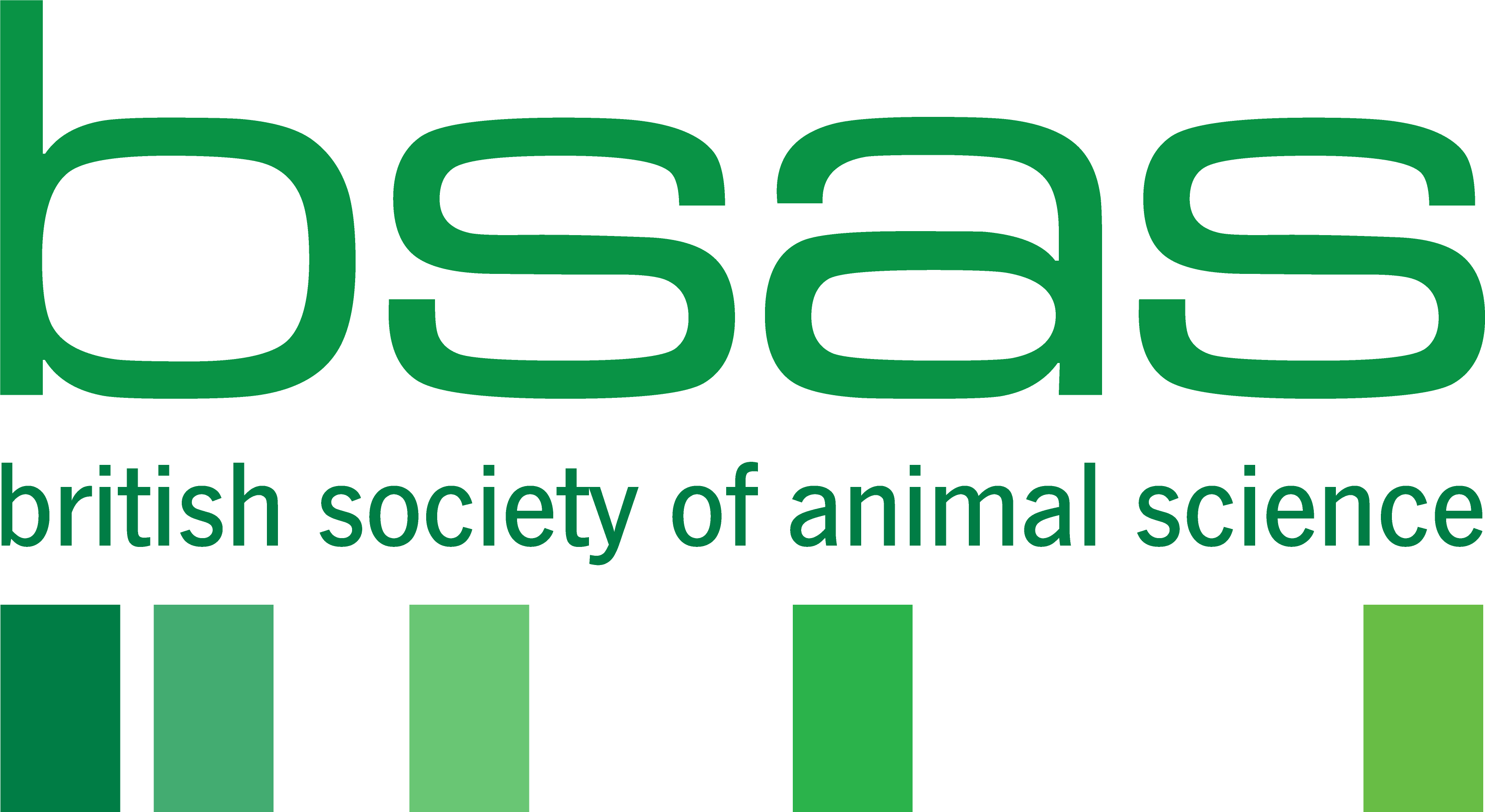Could we use foster cows to rear dairy calves
Could we use foster cows to rear dairy calves?
By Olivia Bolton
Recent research has shown that calves reared by a foster-cow not only experience increased growth, but also benefit from improved health during the 8-week milk rearing period when compared with artificially reared group housed calves.
It is normal in British dairy for calves to be removed from their dams within the first 24-hours following parturition therefore restricting, or eliminating, the opportunity for cows and calves to interact with each other. The practice is generally thought of as a prerequisite for the collection of saleable milk and most producers would suggest that early cow-calf separation is imperative for calf health and welfare since it allows for regular monitoring of calves and provides opportunity for a uniform rearing environment. In interviews, producers have previously highlighted their concerns surrounding cow-calf rearing suggesting that there is a risk of “unknown” effects. These include the risk of disease and pathogen transmission between cow and calf, and concerns around ensuring calves receive adequate colostrum currently serve as a barrier to implementation on farm.
Foster cow rearing may be unique amongst cow-calf rearing systems to alleviate some of these concerns. There is a period of intervention whereby calves are removed from their dam before being placed with the foster-cow. Since calves are born agammaglobulinemic, meaning that their immunity is entirely dependent on receiving adequate immunoglobulins from colostrum after birth, this time could be used to artificially feed colostrum to new-born calves. This ensures that all calves receive adequate quality and quantity of colostrum in that ever important first meal. Foster-cows can be selected for ahead of time either for their maternal instincts, somatic cell count or disease status (e.g negative for Johnes). This may minimise concerns regarding potential pathogen transmission between cow and calf and may be a financially viable way of extending the use of cows unsuitable for contributing saleable milk. Furthermore, since the health and growth of calves in early life influences subsequent performance, foster-cow rearing may be advantageous for producing more productive individuals as they mature and enter the milking herd themselves.
However, foster cow rearing may fall short in response to growing consumer concerns about the issue of early cow-calf separation. While the system is more natural as it allows calves to suckle from a cow and foster cows get to experience something akin to motherhood – there is still the issue of cows, those whose calves are removed, experiencing early separation. In this respect, foster-cow rearing might be seen more as a “halfway house” between current artificial practices for rearing calves and full unrestricted cow-calf contact systems. Whether the rearing system is likely to be accepted by consumer and producer alike is unclear, however there is certainly a need for clarity regarding the effects and greater understanding of implementation of the system before either can be expected to support a change in dairy calf rearing systems.
